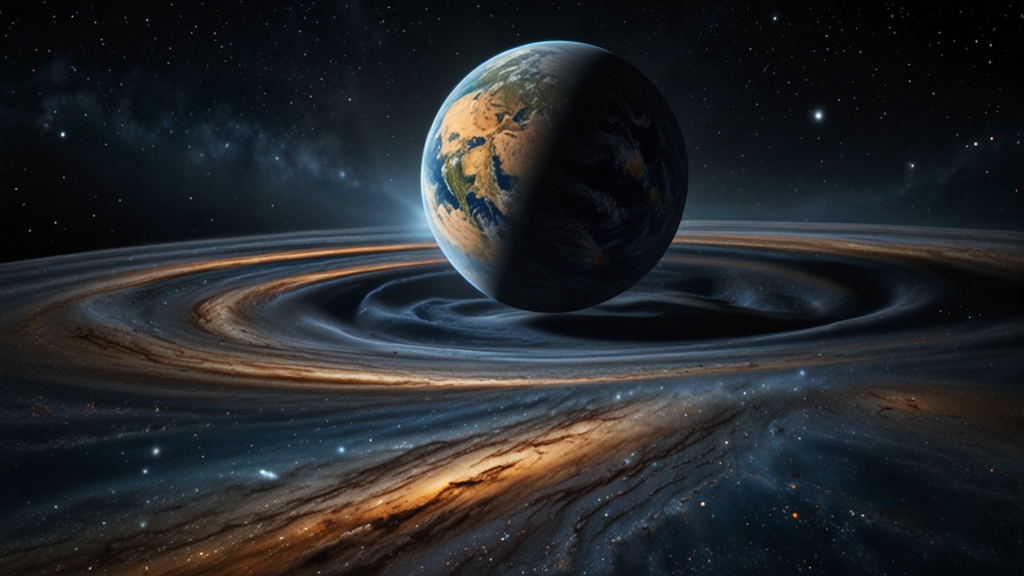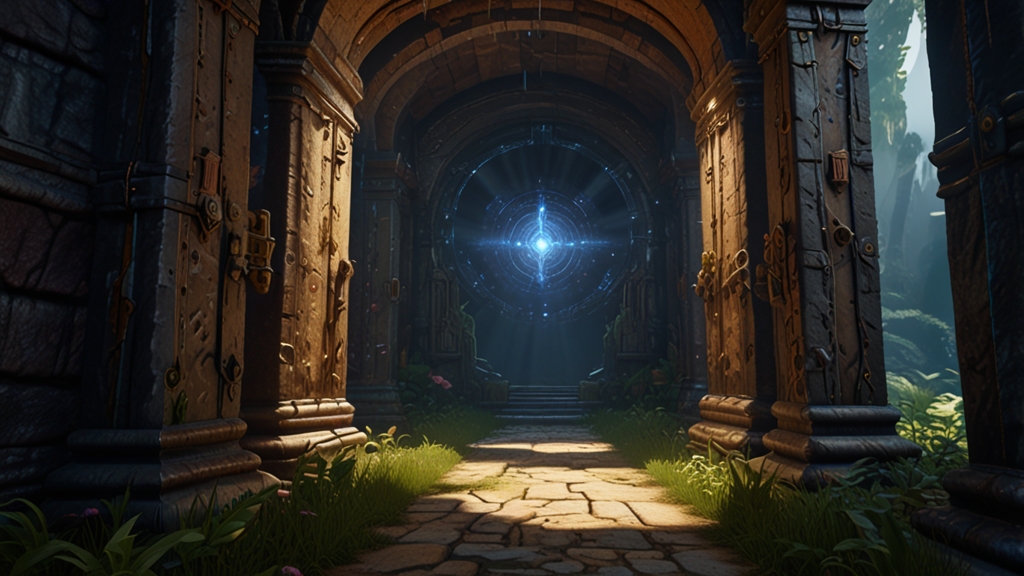How Scientists Use Gravity Waves to Decode the Universe's Secrets
Gravitational waves, often referred to as gravity waves, have reshaped our understanding of the cosmos. They are ripples in the fabric of space-time, caused by some of the most violent and energetic processes in the Universe. Predicted by Albert Einstein in 1916 through his General Theory of Relativity, these waves are proving to be crucial in decoding the universe's secrets.
The Birth of Gravitational Wave Astronomy
After decades of theoretical work and engineering feats, the first direct detection of gravitational waves was achieved on September 14, 2015, by the Laser Interferometer Gravitational-Wave Observatory (LIGO). The detected waves were produced by the merging of two black holes, a cataclysmic event that happened 1.3 billion years ago.
“It's the first time the universe has spoken to us through gravitational waves. Up until now, we've been deaf.” - David Reitze, Executive Director of the LIGO Laboratory
How Gravitational Waves are Detected
Gravitational waves are extraordinarily faint, making their detection an incredibly challenging task. Instruments like LIGO and the Virgo interferometer in Europe are highly sensitive devices equipped with laser interferometers. These devices can detect the minuscule changes in distance (about a fraction of the diameter of a proton) caused by a passing gravitational wave.
When a gravitational wave passes through Earth, it slightly distorts space-time, stretching and compressing the distances between objects. These interferometers use laser beams that travel back and forth along long vacuum tubes, and by measuring the interference patterns of the laser beams, scientists can detect these tiny distortions.
Unlocking the Universe’s Mysteries
The detection of gravitational waves has opened up new avenues for understanding the cosmos. Here are some of the ways in which they help decode the universe's secrets:
- Studying Black Holes: Before the detection of gravitational waves, black holes were elusive and primarily detectable only in binary systems. Now, scientists can study their mergers and better understand their properties, such as mass and spin.
- Neutron Star Collisions: In 2017, LIGO and Virgo detected gravitational waves from the collision of two neutron stars. This event, known as GW170817, was particularly significant because it was observed in both gravitational waves and electromagnetic radiation, providing a wealth of information about these dense objects.
- Testing General Relativity: The data obtained from gravitational wave detections are used to test the predictions of general relativity under extreme conditions. So far, Einstein's theory has held up remarkably well.
- Exploring the Early Universe: Gravitational waves could carry information from the very early universe, moments after the Big Bang. This could help us understand the conditions and events that shaped the cosmos we see today.
“We have detected a new type of wave — the gravitational wave — and this helps us open a new window to look at the cosmos.” - Barry Barish, Nobel Laureate in Physics
The Future of Gravitational Wave Research
As technology advances, the future of gravitational wave astronomy looks promising. Scientists are already planning new observatories like the Laser Interferometer Space Antenna (LISA), a space-based detector set to launch in the 2030s. These observatories will be more sensitive and capable of detecting a wider range of gravitational waves.
With each detection, scientists gather more pieces of the cosmic puzzle. Gravitational waves provide a unique and complementary way to observe the universe, offering insights that are not possible with electromagnetic waves alone. As we continue to refine our methods and technology, the potential for new discoveries is boundless, promising a deeper and more profound understanding of the nature of the universe.
In essence, gravitational waves are much more than ripples in space-time; they are messages from the universe, carrying secrets from the most enigmatic corners of the cosmos.










